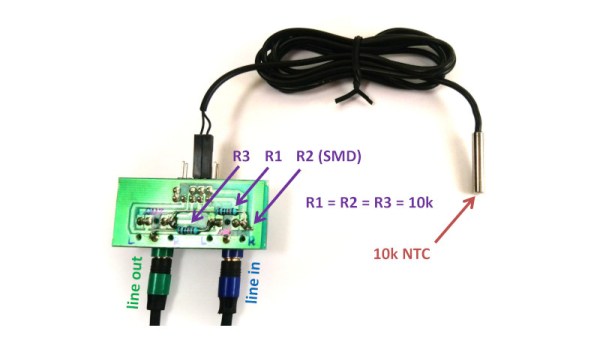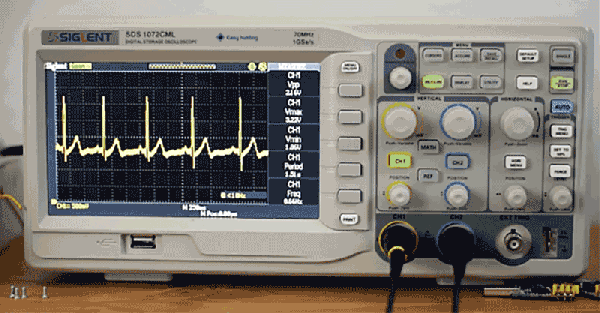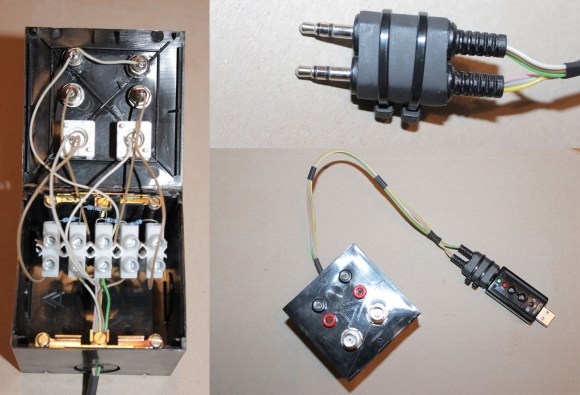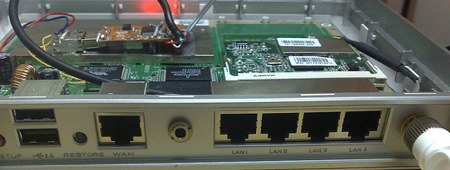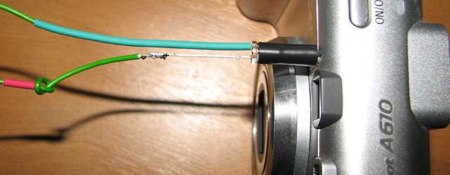Sound cards on PC-compatible computer systems have a rather involved and convoluted history, with not only a wide diversity of proprietary standards, but also a collection of sound cards that were never advertised as such. Case in point the 1985 Mindscape Music Board, which was an add-on ISA card that came bundled with [Glen Clancy]’s Bank Street Music Writer software for IBM PC. This contrasted with the Commodore 64 version which used the Commodore SID sound chip. Recently both [Tales of Weird Stuff] and [The Oldskool PC] on YouTube both decided to cover this very rare soundcard.
Based around two General Instruments AY-3-8913 programmable sound generators, it enabled the output of six voices, mapped to six instruments in the Bank Street Music Writer software. Outside of this use this card saw no use, however, and it would fade into obscurity along with the software that it was originally bundled with. Only four cards are said to still exist, with [Tales of Weird Stuff] getting their grubby mitts on one.
As a rare slice of history, it is good to see this particular card getting some more love and attention, as it was, and still is, quite capable. [The Oldskool PC] notes that because the GI chip used is well-known and used everywhere, adding support for it in software and emulators is trivial, and efforts to reproduce the board are already underway.
Top image: Mindscape Music Board (Credit: Ian Romanick)


